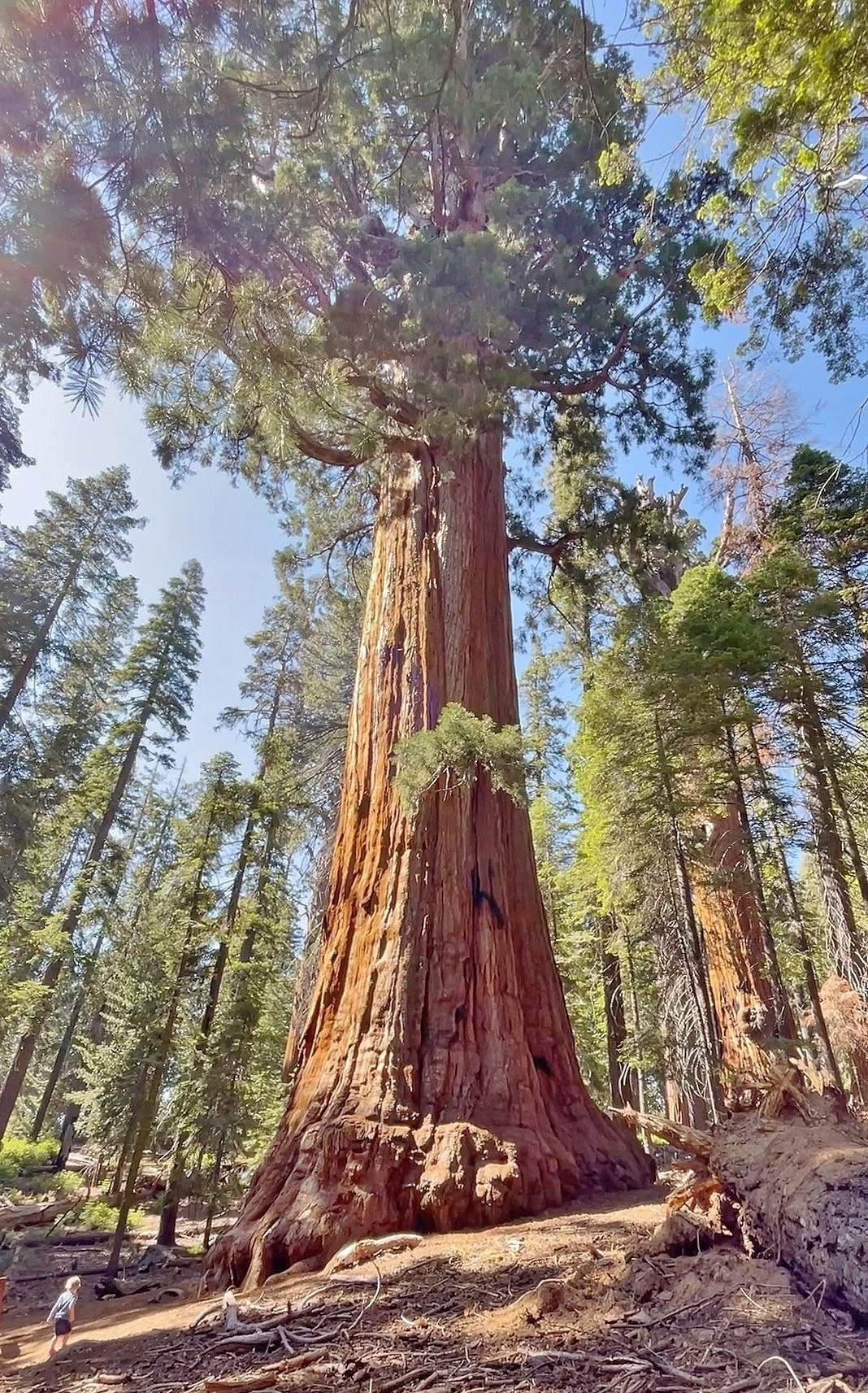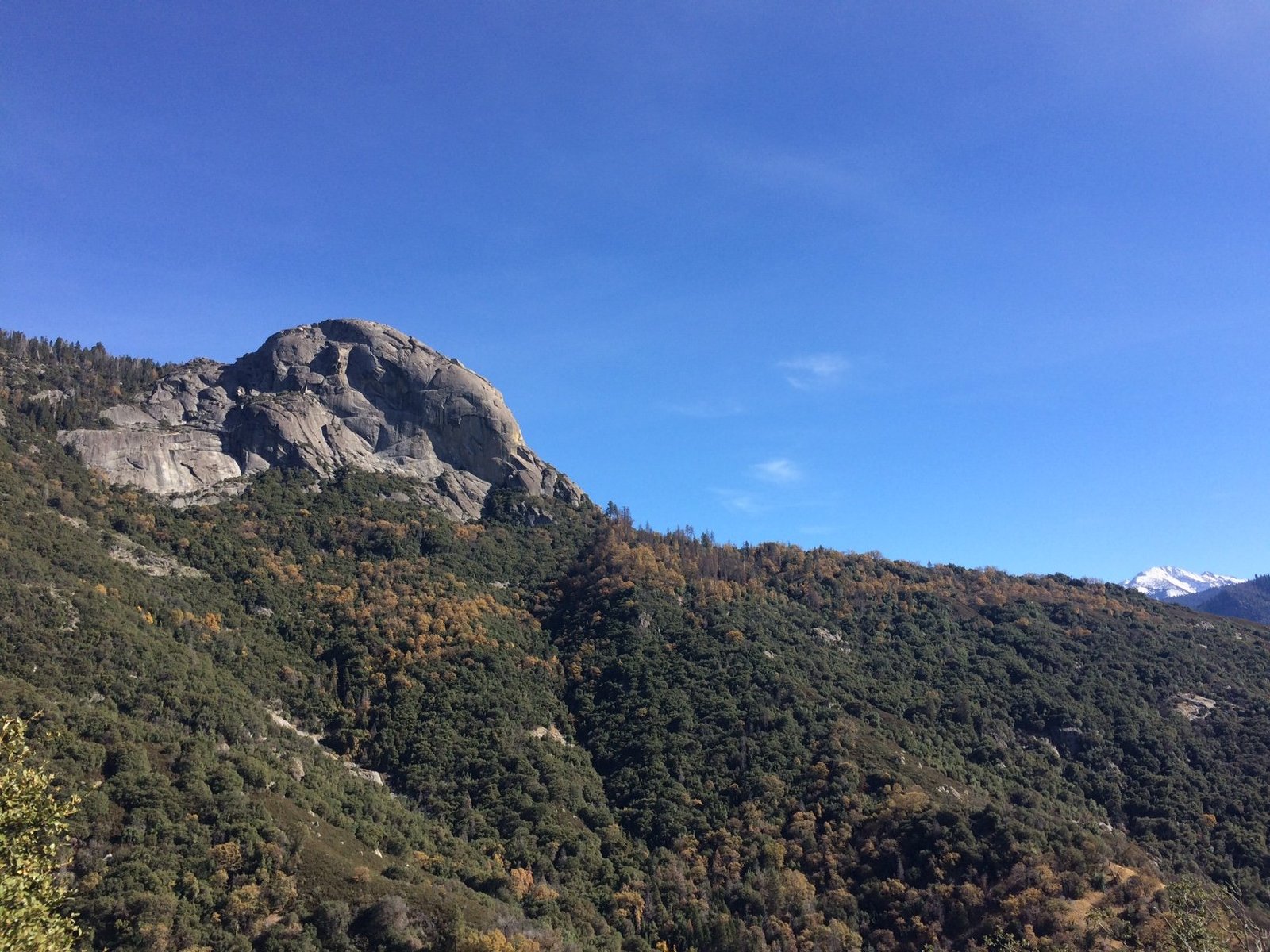Smoke levels in Sequoia National Park are currently low, with an Air Quality Index (AQI) of 25, categorized as ‘Good’. The particulate matter concentrations are 13 µg/m³ for PM2.5 and 15 µg/m³ for PM10. Ozone levels are at 25 ppb. These conditions indicate minimal health risks for visitors, allowing for unrestricted outdoor activities. However, air quality can change rapidly due to weather patterns and wildfire activity, necessitating regular monitoring for those planning visits to the park.
What Are the Current Smoke Levels in Sequoia National Park?

As of November 16, 2024, the smoke levels in Sequoia National Park are remarkably low. Here’s a detailed breakdown of the current air quality measurements:
- Air Quality Index (AQI): 25 (Good)
- PM2.5 Concentration: 13 µg/m³
- PM10 Concentration: 15 µg/m³
- Ozone (O3) Levels: 25 ppb
These figures indicate excellent air quality conditions, with minimal smoke presence. Visitors can enjoy outdoor activities without any health concerns related to air pollution.
How Do Smoke Levels Vary Across Different Areas of the Park?

Smoke levels in Sequoia National Park can vary significantly depending on the location within the park. Here’s what you need to know:
- Lower Elevations:
- More susceptible to poor air quality
-
Can experience higher concentrations of pollutants
-
Higher Elevations (above 8,500 feet):
- Typically maintain good air quality
-
Less affected by smoke and pollution from lower areas
-
Ash Mountain Area:
- Current AQI: 25 (Good)
- Serves as a reference point for park-wide air quality
It’s important to note that air quality can change rapidly due to weather patterns and wildfire activity. Visitors should check real-time data for specific areas they plan to visit.
What Factors Influence Smoke Levels in Sequoia National Park?
Several factors contribute to the smoke levels in Sequoia National Park:
- Wildfires:
- Can significantly increase smoke levels
-
Impact varies based on fire location and wind patterns
-
Weather Conditions:
- Wind direction and speed
- Temperature inversions
-
Precipitation (can help clear the air)
-
Seasonal Variations:
- Summer months often see higher levels of ground-level ozone
-
Winter can bring temperature inversions, trapping pollutants
-
Human Activities:
- Vehicle emissions from park visitors
-
Nearby industrial activities
-
Topography:
- Valley areas can trap smoke and pollutants
- Higher elevations often experience better air quality
Understanding these factors can help visitors plan their trips and activities within the park more effectively.
How Do Smoke Levels Impact Visitor Activities in Sequoia National Park?
The impact of smoke levels on visitor activities in Sequoia National Park can vary depending on the severity of the conditions. Here’s a breakdown of potential impacts:
| Air Quality Level | AQI Range | Impact on Activities |
|---|---|---|
| Good | 0-50 | No restrictions, all activities safe |
| Moderate | 51-100 | Unusually sensitive individuals should consider limiting prolonged outdoor exertion |
| Unhealthy for Sensitive Groups | 101-150 | People with heart or lung disease, older adults, and children should reduce prolonged or heavy outdoor exertion |
| Unhealthy | 151-200 | Everyone should reduce prolonged or heavy outdoor exertion |
| Very Unhealthy | 201-300 | Everyone should avoid all outdoor exertion |
| Hazardous | 301+ | Everyone should avoid all outdoor activities |
Currently, with an AQI of 25, all activities are safe for visitors. However, it’s crucial to stay informed about air quality changes, especially during fire season or when planning strenuous activities.
What Measures Does the Park Take to Monitor and Manage Smoke Levels?
Sequoia National Park employs several measures to monitor and manage smoke levels:
- Air Quality Monitoring Stations:
- Continuous monitoring of pollutants
-
Real-time data collection
-
Collaboration with Air Quality Agencies:
- Partnerships with local and state air quality boards
-
Sharing of data and resources
-
Public Information Systems:
- Regular updates on park websites and social media
-
Visitor center information displays
-
Adaptive Management Strategies:
- Adjusting park operations based on air quality conditions
-
Implementing fire management practices to reduce smoke impacts
-
Research and Long-term Monitoring:
- Studying long-term trends in air quality
- Assessing impacts on park ecosystems
These measures ensure that the park can provide accurate information to visitors and take appropriate actions to protect public health and the environment.
How Can Visitors Stay Informed About Smoke Levels in Sequoia National Park?
Staying informed about smoke levels is crucial for a safe and enjoyable visit to Sequoia National Park. Here are several ways visitors can access up-to-date information:
- Official Park Website:
- Regular updates on air quality conditions
-
Advisories and alerts for visitors
-
AirNow Website:
- Real-time air quality data
-
Forecasts and health recommendations
-
Park Visitor Centers:
- Current condition reports
-
Staff assistance and printed materials
-
Social Media Channels:
- Follow park accounts for immediate updates
-
Twitter, Facebook, and Instagram often used for quick alerts
-
Mobile Apps:
- AirNow app for smartphone users
-
Park-specific apps with air quality features
-
Local Weather Reports:
- Often include air quality forecasts
- Useful for planning daily activities
By utilizing these resources, visitors can make informed decisions about their activities and ensure a safe experience in the park.
What Health Precautions Should Visitors Take During High Smoke Levels?
While current smoke levels in Sequoia National Park are low, it’s important to be prepared for potential changes. Here are health precautions visitors should consider during periods of high smoke levels:
- Limit Outdoor Activities:
- Reduce exposure during poor air quality days
-
Plan indoor activities when possible
-
Use Proper Masks:
- N95 or P100 respirators can filter smoke particles
-
Surgical masks or cloth coverings are less effective
-
Stay Hydrated:
- Drink plenty of water
-
Helps your body cope with smoke exposure
-
Monitor Symptoms:
- Watch for coughing, shortness of breath, or eye irritation
-
Seek medical attention if symptoms worsen
-
Protect Sensitive Groups:
- Children, elderly, and those with respiratory conditions should take extra precautions
-
Consider postponing visits during high smoke periods
-
Create Clean Air Spaces:
- Use air purifiers in indoor areas
-
Keep windows and doors closed when indoors
-
Check Medications:
- Consult with a doctor about adjusting medications if you have respiratory conditions
By following these precautions, visitors can minimize the health impacts of smoke exposure and enjoy their time in the park safely.
How Do Smoke Levels in Sequoia National Park Compare to Other National Parks?
Comparing smoke levels across national parks can provide context for visitors planning trips to multiple locations. Here’s how Sequoia National Park’s air quality typically compares to other parks:
- Yosemite National Park:
- Often experiences similar air quality trends
-
Both affected by California wildfires
-
Grand Canyon National Park:
- Generally better air quality due to location
-
Less impacted by large-scale wildfires
-
Yellowstone National Park:
- Varies seasonally, with occasional smoke impacts from regional fires
-
Often clearer air due to higher elevation
-
Great Smoky Mountains National Park:
- Experiences different air quality challenges, often related to industrial pollution
-
Less wildfire smoke, but more consistent haze issues
-
Joshua Tree National Park:
- Can experience poor air quality due to proximity to urban areas
- Smoke impacts from desert wildfires
It’s important to note that air quality can vary significantly based on current conditions, wildfire activity, and weather patterns. Visitors should check current conditions for each park they plan to visit.
What Long-term Trends Have Been Observed in Smoke Levels at Sequoia National Park?
Long-term trends in smoke levels at Sequoia National Park reveal important patterns:
- Increasing Wildfire Frequency:
- More frequent smoke events in recent years
-
Linked to climate change and forest management practices
-
Seasonal Variations:
- Summer and fall typically see higher smoke levels
-
Winter often experiences better air quality
-
Ozone Trends:
- Gradual improvement in ozone levels over decades
-
Still occasional exceedances of federal standards
-
Particulate Matter:
- Fluctuating trends based on wildfire activity
-
Overall increase in PM2.5 during fire seasons
-
Visibility Impacts:
- Long-term data shows periods of reduced visibility
-
Affects scenic views and visitor experience
-
Ecosystem Effects:
- Ongoing research on smoke impacts on park flora and fauna
- Potential long-term changes in vegetation patterns
Understanding these trends helps park management develop strategies for air quality improvement and visitor safety. It also underscores the importance of ongoing monitoring and research efforts in the park.
References:
– https://www.aqi.in/dashboard/united-states/california/woodlake/sequoia-national-park-ash-mountain
– https://www.nps.gov/seki/learn/nature/airqualityinfo.htm
– https://aqicn.org/city/california/tulare/sequoia-national-park-ash-mountain/

